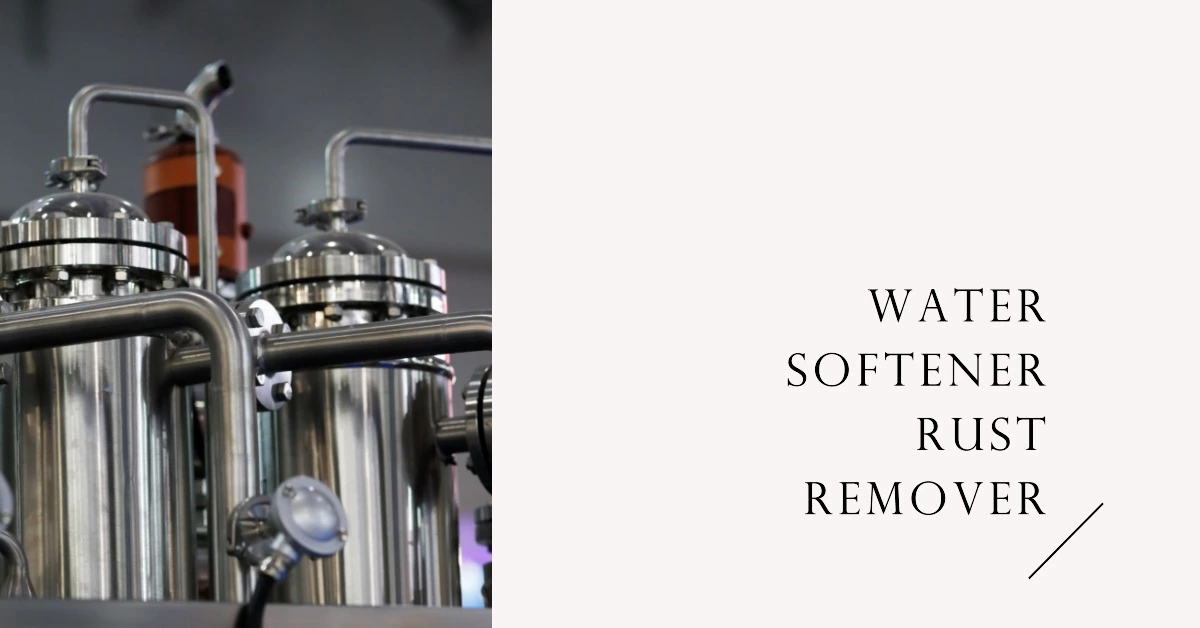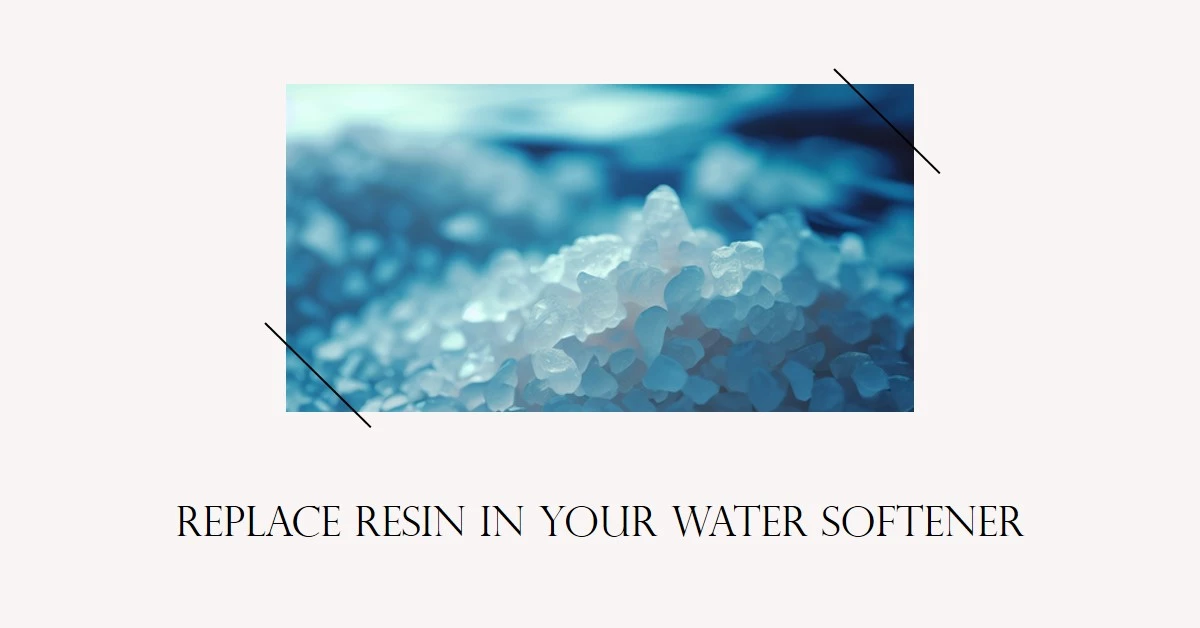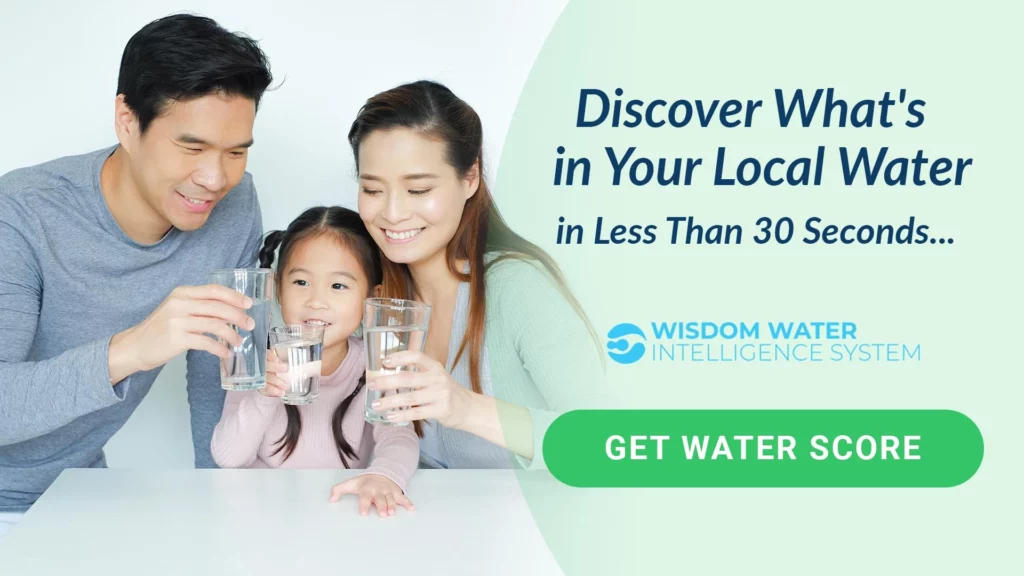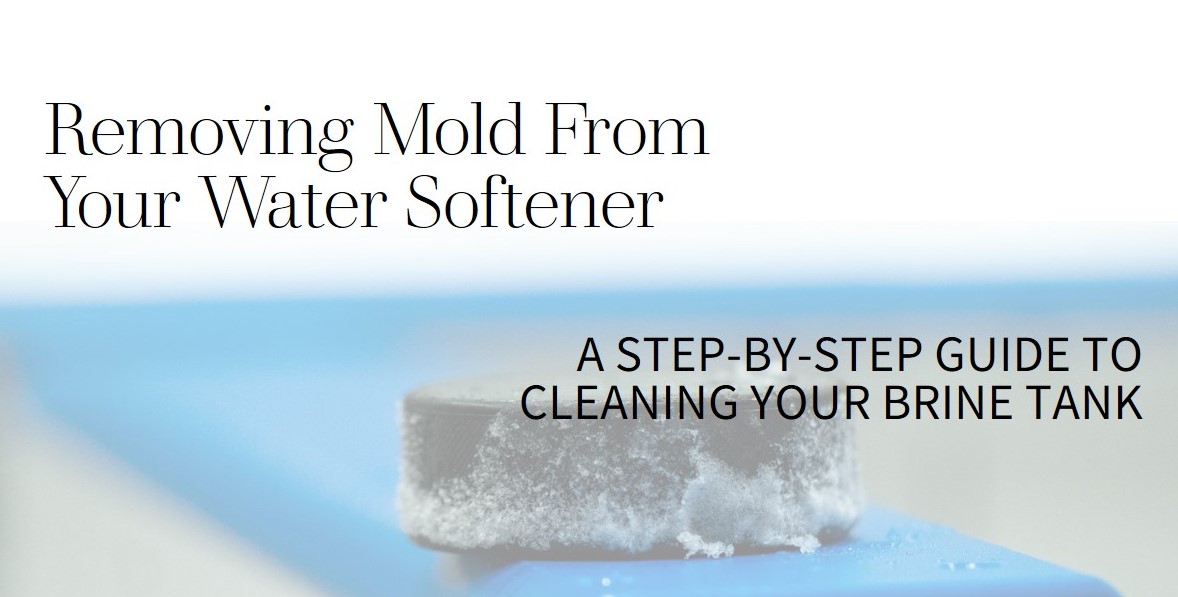If you’re considering installing a water softener in your home, one of the first questions you probably have is: do all water softeners require a drain?
The short answer is: it depends.
While some types of water softeners do need a drain to function properly, others are drainless systems that don’t require additional plumbing. In this comprehensive guide, we’ll break down the key facts to help you understand the drain requirements for different water softener types.
Overview of Water Softener Drain Requirements
Water softeners work by removing hardness minerals like calcium and magnesium from your water through a process called ion exchange. Most often, a brine (saltwater) solution is used to clean and regenerate the ion exchange resin that traps hardness minerals.
During regeneration, the resin is backwashed with the brine solution, flushing away built-up mineral deposits. The wastewater produced contains high concentrations of sodium, chloride, and hardness minerals removed from your water supply.
Traditional salt-based water softeners require a drain as part of the regeneration process to dispose of the backwash wastewater. Without a proper drain, the brine solution would back up into your plumbing system and potentially cause damage.
However, newer salt-free water softeners utilize different technologies that don’t rely on salt for ion exchange. These systems don’t need drains because they don’t produce a wastewater stream.
So when it comes to drains for water softeners, the most important factor is the type of technology it uses. Next, we’ll go over the drain requirements for popular water softener types.
Salt-Based Softeners Require a Drain
Salt-based ion exchange is the most common water softening method. These systems all require a drain for the backwash process. Here are some popular types of salt-based water softeners and their drain needs:
- Traditional ion exchange softeners – These systems use an ion exchange resin that must be regularly regenerated with a brine solution. The backwash wastewater is discharged via a drain.
- Duplex/twin tank softeners – These have two resin tanks that alternate between service and regeneration modes. They also require a drain for backwash wastewater.
- Magnetic/catalytic water softeners – Although they use different conditioning methods, the resin still needs periodic salt regeneration and backwashing. A drain is mandatory.
- Mobile water softening units – Portable exchange tanks need to be taken offsite periodically for brine-based regeneration. So an onsite drain isn’t needed, but one is used offsite.
In short, any salt-based water softening process necessitates a drain to handle the regeneration backwash water. Installing one without a proper drain can lead to plumbing system damage and flooded basements.
Non-Salt Systems Often Don’t Need a Drain
Over the past decade, salt-free water softening alternatives have grown in popularity. These technologies don’t use traditional ion exchange or regeneration with brine solutions.
Instead, they condition water using physical processes like electromagnetic waves, chelation, or battery-powered electrostatic activation of the minerals.
The main advantage of salt-free systems is that they don’t require periodic regeneration or backwashing. There’s no brine solution involved at all. Therefore, most salt-free water softeners don’t require any drainage:
- Magnetic water softeners – Water passes through a chamber with magnetic coils. The magnetic fields physically alter the hardness mineral structure to prevent scale buildup without removing minerals. Completely drainless.
- Chelating softeners – These systems use chelating agents like citric acid to encapsulate hardness minerals in the water. The minerals aren’t removed but are inhibited from binding together to form scale. No drain needed.
- Electronic/capacitive deionization – Water minerals become electrically charged and cling to electrodes. An alternating current cleans the electrodes. Does not need a drain.
- Template assisted crystallization – Water flows past a medium, triggering controlled crystal growth that prevents scale. No backwashing, regeneration or drainage required.
In general, you can install most salt-free water softeners without any additional drain lines. However, you should verify drain requirements with the manufacturer beforehand.
Local Drainage Codes For Water Softeners
Your local jurisdiction’s plumbing codes will also dictate what drainage requirements exist when installing a water softener system.
In many areas, water softener drain lines must be discharged separately from other household wastewater drains. This is to prevent problems from brine-laden backwash entering the sewer system or septic tank.
Typical drainage installation guidelines include:
- Drain line should be 3⁄4 inch PVC pipe rated for high temperatures.
- Must flow downhill and drain via gravity – no pumping.
- Discharge must be at least 3 feet above the ground.
- Cannot drain into subsurface wastewater disposal systems.
- Should not be combined with other wastewater piping.
- If on septic tank, the drain line must discharge offsite.
Some rural areas may prohibit salt-based softeners and require non-draining systems instead. Always check local regulations before purchasing a system.
In urban areas, the brine discharge is diluted when it enters larger wastewater treatment plants. But centralized treatment isn’t designed to remove excess chloride, so salt-based softener usage is still discouraged.
Environmental Considerations With Softeners & Drains
The wastewater produced from salt-based water softener regeneration contains very high salt concentrations. When discharged into the environment, it can have negative impacts:
- Aquatic ecosystems – High sodium chloride levels can harm freshwater organisms and disrupt fragile aquatic ecosystems if drainage isn’t properly diffused.
- Soil/groundwater contamination – Salt-laden wastewater can leach into and contaminate groundwater aquifers used for drinking water.
- Toxic algal blooms – The excess chloride in brine wastewater can trigger harmful algal blooms when it enters ponds, lakes, and rivers.
- Corrosion – Chloride from softener backwash can damage concrete infrastructure when it enters wastewater treatment systems.
- Salinization – Repeated brine discharges from many homeowners’ softeners can gradually cause buildup of salts in the environment.
Brine neutralizing filters can reduce the environmental impact of salt-based water softener drainage. They use processes like ion exchange and electrochemical oxidation to remove chloride before wastewater discharge. However, avoiding salt-based systems altogether is the best approach in ecologically sensitive areas.
Key Considerations When Choosing a Water Softener
When shopping for a new system, keep these key points in mind regarding water softener drain requirements:
- Salt-based softeners need a drain – These systems all generate backwash wastewater that must be discharged via plumbing.
- Salt-free systems don’t need a drain – Newer electrochemical/magnetic technologies are drainless options.
- Check local codes – Drainage rules for water softeners vary regionally based on environmental concerns.
- Consider brine discharge effects – Salt-laden wastewater can harm ecosystems if not properly diffused.
- Salt-free is best for rural areas – Septic systems often prohibit salt-backwash drainage.
- Match system size to household needs – Right-sizing units reduces unnecessary salt/water use.
Taking the time to understand your specific needs and drainage constraints will ensure you select the ideal water softening solution for your home.
Final Thoughts
While traditional salt-based water softeners universally require a drain to discharge brine backwash water, newer salt-free conditioning technologies do not need drainage. Always check the specifications of a particular model to confirm whether or not it needs a dedicated drain line.
Local environmental regulations also play a key role in permitting certain types of softener systems and dictating proper installation of drains. Carefully research the codes for your area before making a purchase.
With a basic understanding of the key factors that determine drainage needs, you can zero in on the optimal water softening solution for your home. Taking the time to learn about the available technologies and your utility requirements will lead to greater satisfaction with your investment over the long run.





